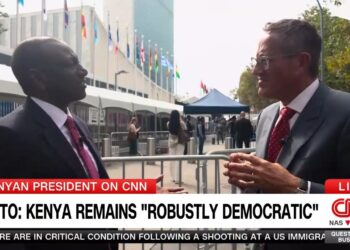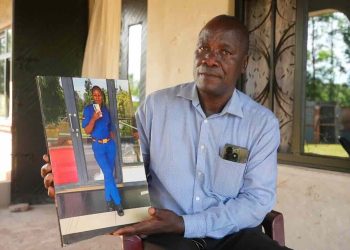As tourist numbers continue to rise worldwide, African wildlife parks are facing unprecedented challenges. In a new Marketplace Africa, CNN sees how Kenya’s iconic Masai Mara Reserve is balancing travel demands with the preservation of wildlife.
The Masai Mara is home to the Great Migration, one of the natural wonders of the world. However, the number of wildebeest migrating has dropped as tourist numbers have gone up. Governor of Narok County, Patrick Ole Ntutu discusses the problem, “Overtourism is another big, big, big problem because right now you can see a number of vehicles and number of people coming from all over the world. Managing that number of people coming from all over the world has never been easy.”
While tourism to the Masai Mara is causing problems, it is also a massive contributor to the country’s $3.5 billion tourism industry. Mohanjeet Brar, Managing Director of Gamewatchers Safaris and Porini Camps, tells CNN, “Tourism is extremely important to the country. Almost every single tourist that will be coming when they’re coming on a safari, they’ll want to go to the Masai Mara.”
In an effort to spread out visitors across the year, the government more than doubled park fees for the peak migration season in 2023. According to Narok county officials, the move more than doubled annual income, funding they say went toward increased ranger patrols, health and education for the surrounding community, infrastructure, and improved monitoring systems. Governor Ntutu talks about the decision, “It has not been easy, as much as many people want to say, oh, maybe they have increased the price, no, but look at also the kind of park that we are managing. So, when you talk of the price, don’t just look at the price, look at the community that have been able to keep this wildlife for years, they have to benefit somehow.”
The conservancy movement has succeeded in almost doubling the protected land around the Masai Mara, a crucial buffer for animal movement. But challenges continue to mount, with population growth also having a big impact. Brar explains, “People, obviously, they need places to live. And so, what we have seen over the years is there’s been a huge increase in fencing. And what that has done is it’s caused a lot of blockages. It’s impacted negatively on the movement of wildlife and led to very big decreases.”
Brar believes that the problems will only spread as tourism and population numbers continue to increase. He says that other African countries can learn from the Masai Mara, “If you look at what’s happening in Kenya, it’s what’s going to be happening in our neighboring countries. More than likely, Kenya is kind of, I feel like maybe 10 years ahead of some other countries, but with population growth, land use change, I think we need to have an opportunity to really try and prevent further degradation and really protect what we have.”





















Discussion about this post